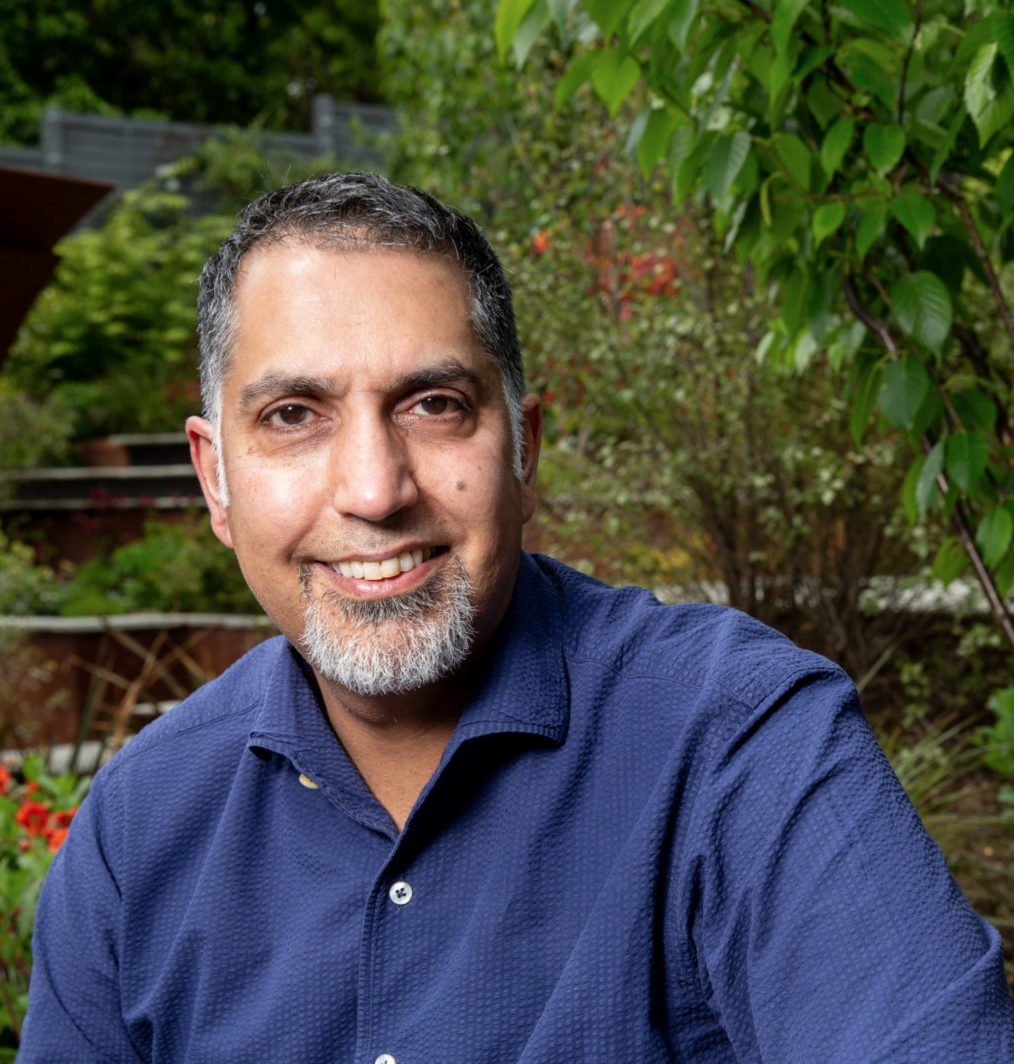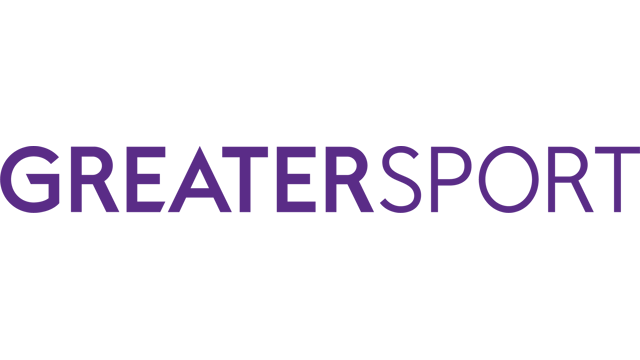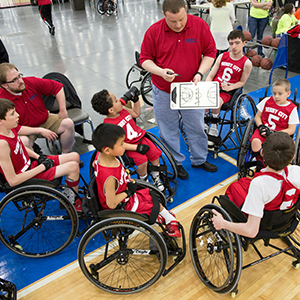- English
- DEUTSCH
- SPANISH
- FRENCH



With over 30 years’ experience in law, technology and business consulting with global firms such as EY, Sanjay Bhandari is an expert in innovation, technology and transformation.
Sanjay is currently pursuing a portfolio career consisting of a number of adviser, trustee and Board roles. He is a trustee of a social mobility charity Aleto Foundation, is Chair of the football anti-discrimination charity, Kick It Out and was recently appointed as a Non-Executive Director of the Lawn Tennis Association. Sanjay entered the Perrett Laver and Sport England’s Diversity in Sport Leadership Programme, to enter the next phase of his career and take on his first board role with GreaterSport.


One of my mentors told me that there are three phases to life: ‘learning, earning and returning’. I was ready to explore the ‘returning’ aspect of my trajectory and to focus on giving back and exploring an area that I was truly passionate about. I have always been interested in sport and activity but had never been involved in the sector – this role gave me that exciting opportunity.
I had never had a board role before, but Perrett Laver gave me the insight that it is all about presenting your skills and what value you can add, rather than just your experience. They also showed me how best to shape my CV to appeal to a board role – it requires a completely different mindset of looking at how you can present your best values. Perrett Laver encouraged me to think about what value I could add, and how I could tell that story in the most compelling way.


I’ve been in my GreaterSport role for nearly two years now. In that time, I have learnt so much in terms of understanding the way a local active partnership works in the context of local stakeholders and governments.
Joining GreaterSport, I thought there would be a need to be insightful from minute one, knowing all the detail, but I’ve learnt that my role is more for the difference that my perspective can bring, or the patterns I can identify. I am confident that GreaterSport has been making great strides, and I look forward to helping the executive drive this progress even further.
Always do your research on the organisation, the area in which they operate and the issues that matter most to them. I would also look at opportunities to solve problems creatively as a Board member, rather than get bogged down in semantics.
Ultimately, however, my greatest piece of advice is to ask questions. Your confidence increases hugely when you realise that you do not have to be an expert in everything, but rather you should ask good questions to fully understand what problems need to be solved.

I am not the only non-white member on the board at Greater Sport, which puts us as an organisation on the right end of the spectrum in terms of representation. We have the right strategy in place, and it is now about executing that strategy. Sport has definitely moved higher up on the agenda and people are taking more notice of campaigns that the local active partnerships are seeking to drive.
Board diversity encourages different perspectives. Sometimes, simply by changing language you can challenge established perspectives.
For example, minority communities are often referred to as ‘hard to reach’ communities. But they are not ‘hard to reach’, they are ‘hardly reached’. They have always been there. It is just that organisations may not have been taking the right approach to engage them.
The greatest asset of having people from under-represented or minority communities on a board is that it starts conversations that can sometimes be uncomfortable. I see it as part of my role to provide a shift in perspective but to do that in a way that is easily received.


Leading organisations need to take a lead and ensure they reflect the communities they represent – from the boardroom and the c-suite to delivery teams. Targets, mentoring, leadership programmes and all of the usual organisational D&I interventions help. But it mostly comes down to determined and visible leadership from the top.
That then needs to translate into the outcomes of the organisations mission. Our mission at GreaterSport is about getting people moving. The biggest indicator of life outcomes, including activity levels, is being born into relative poverty. People born poorer have worse education, career and health outcomes. Relative poverty also disproportionately impacts people from under-represented and minority communities and they are statistically over-represented in lower socio-economic groups. So, the barriers facing minority groups intersect – that can relate to ethnicity, culture and an individual’s socioeconomic circumstance – and issues faced by such minority groups range from access to transport to nutrition.
Leading organisations need to take a lead and ensure they reflect the communities they represent – from the boardroom and the c-suite to delivery teams. Targets, mentoring, leadership programmes and all of the usual organisational D&I interventions help. But it mostly comes down to determined and visible leadership from the top.
That then needs to translate into the outcomes of the organisations mission. Our mission at GreaterSport is about getting people moving. The biggest indicator of life outcomes, including activity levels, is being born into relative poverty. People born poorer have worse education, career and health outcomes. Relative poverty also disproportionately impacts people from under-represented and minority communities and they are statistically over-represented in lower socio-economic groups. So, the barriers facing minority groups intersect – that can relate to ethnicity, culture and an individual’s socioeconomic circumstance – and issues faced by such minority groups range from access to transport to nutrition.
Perrett Laver specialises in executive search to identify outstanding leaders globally. We connect influential organisations with dynamic leaders who share common values and visions for the future.
Our deep understanding of each client’s values and culture ensures we find candidates from diverse sources who bring fresh perspectives and real impact.
We connect influential organisations with dynamic leaders who share common values and visions for the future.Our deep understanding of each client’s values and culture ensures we find candidates from diverse sources who bring fresh perspectives and real impact.